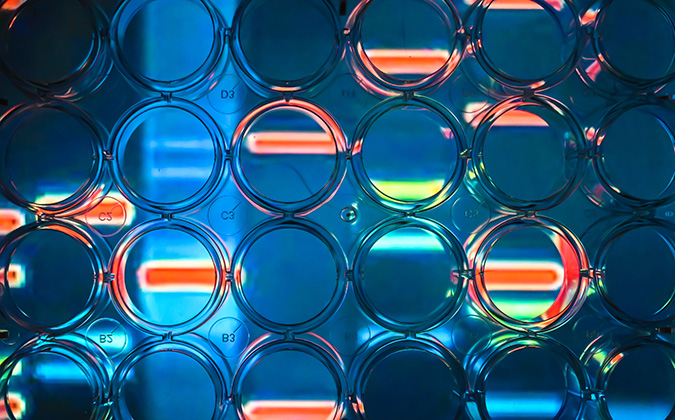
Yeast could aid shift away from fish-based diets in rainbow trout aquaculture
Torula yeast could be a promising option for inclusion in non-fishmeal feeds, with scientists finding links to production and immune improvements in a study using rainbow trout.
For aquaculture to develop sustainably, suitable alternatives need to be found to decrease the industry’s dependence on fishmeal and fish oil for feed, with a number of dietary alternatives tested to date. Torula yeast, a single-celled protein derived from Candida utilis and which is widely used as a flavoring in processed foods and pet foods, is the latest candidate for inclusion in fish diets.
Scientists at University of Pau and Pays de l’Adour in France, working with feed producer Arbiom, set out to learn more about the effects of different inclusion rates of the yeast on feed digestibility and growth in plant-based diets, compared to the plant-based diet alone and another including 20% fishmeal. They also measured the expression of genes associated with important traits in the gastrointestinal tract of the fish.
Yeast boosts plant diets
They found that while a diet containing 20% fishmeal led to better growth and feed conversion than using a purely plant-based feed, adding the yeast to the fishmeal-free diet at an inclusion rate of 10% brought results comparable to the diet with fishmeal. This performance boost was due to increased feed intake when yeast was added rather than improved nutrient use, the scientists noted, echoing results previously seen when feeding torula yeast to chickens.
Looking at the impact on the digestive system of rainbow trout, they found no evidence that adding the yeast to plant-based diets would have any negative impact. They also saw that at a 20% inclusion rate, there was a greater expression of proteins associated with gut permeability, potentially creating a stronger barrier, while there were also significant increases in expression of a number of genes associated with immune response. While these results were promising, the researchers stressed, studies with infectious-disease challenges are needed to fully understand the effects of the changes.
Broad applications may be possible
Previous studies had suggested that the yeast is more suitable for feeding trout than salmon, although some work has shown that it could play a role in Atlantic salmon smoltification and in the diets of hybrid striped bass.
“Adding torula yeast to the diet improves the epithelial integrity of the intestinal barrier and provides immunostimulatory properties to the diet, which improves fish robustness and growth despite using plant-based protein,” the scientists said.
“Combined with the potential of using long-chain omega 3-rich microalgae to replace fish oil, this study opens interesting prospects for developing aquafeeds without fishmeal and fish oil, and thus supports the sustainable development of aquaculture.”
You can read the full study report in Journal of the World Aquaculture Society.






